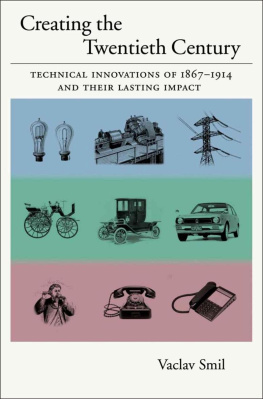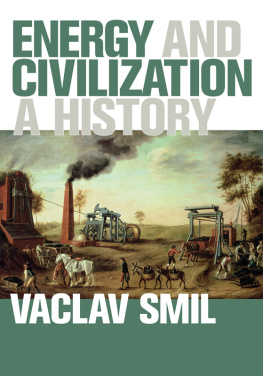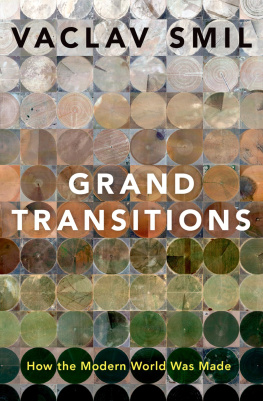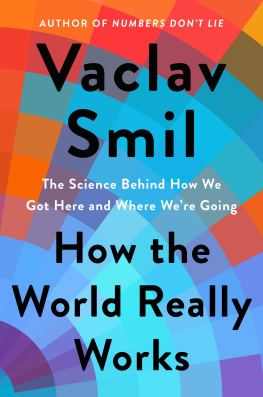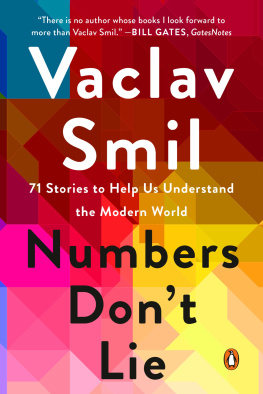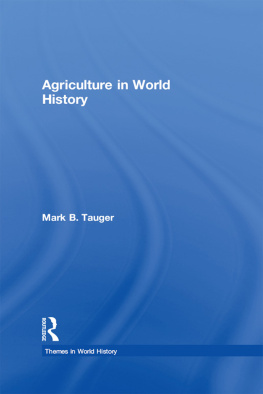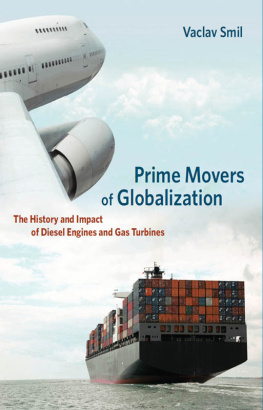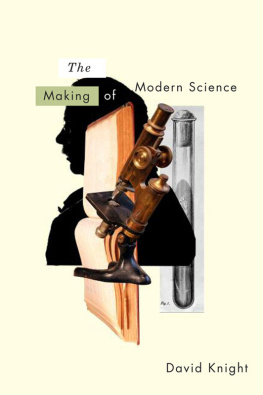Creating the Twentieth Century
Creating the Twentieth Century
Technical Innovations of 1867-1914 and Their Lasting Impact
Vaclav Smil


Oxford University Press, Inc., publishes works that further
Oxford Universitys objective of excellence
in research, scholarship, and education.
Oxford New York
Auckland Cape Town Dar es Salaam Hong Kong Karachi
Kuala Lumpur Madrid Melbourne Mexico City Nairobi
New Delhi Shanghai Taipei Toronto
With offices in
Argentina Austria Brazil Chile Czech Republic France Greece
Guatemala Hungary Italy Japan Poland Portugal Singapore
South Korea Switzerland Thailand Turkey Ukraine Vietnam
Copyright 2005 by Oxford University Press, Inc.
Published by Oxford University Press, Inc.
198 Madison Avenue, New York, New York 10016
www.oup.com
Oxford is a registered trademark of Oxford University Press
All rights reserved. No part of this publication may be reproduced,
stored in a retrieval system, or transmitted, in any form or by any means,
electronic, mechanical, photocopying, recording, or otherwise,
without the prior permission of Oxford University Press.
Library of Congress Cataloging-in-Publication Data
Smil, Vaclav.
Creating the twentieth century : technical innovations of 18671914 and their lasting
impact / Vaclav Smil.
p. cm.
Includes bibliographical references and index.
ISBN-13: 978-0-19-516874-4
ISBN: 0-19-516874-7
1. Technological innovationsHistory19th century. 2. Technological
innovationsHistory20th century. I. Title.
T173.8.S615 2004
609.034dc22 2004054757
9 8 7 6 5 4 3 2 1
Printed in the United States of America
on acid-free paper
Preface
This book has been on my mind for more than three decades. My first musings about the technically exceptional nature of the two pre-WWI generations go back to the late 1960s, before Eva and I escaped from a newly invaded province of the Soviet Empire to Pennsylvanian ridge and valley countryside. I worked on some of its topics (for other publications) during the late 1980s and throughout the 1990s, and I finally began to write it in 2002. In the words that my favorite composer used in dedicating his quartets, it is the result of lunga, e laboriosa fatticaand yet I wish that the task could continue. I have a selfish and an objective reason for this: further immersion in the world of pre-WWI innovations would bring more revelations, surprises, and confirmations, and I would also like more space as there are many topics that I addressed only cursorily, many reflections and considerations that I had to leave out. At the same time, I have always followed Faradays great dictumwork, finish, publishand so here is my incomplete and imperfect story of one of the greatest adventures in history, my homage to the creators of a new world.
My great intellectual debt to hundreds of historians, engineers, and economists without whose penetrative work this volume could not have been written is obvious, and I must thank Douglas Fast for completing the unusually challenging job of preparing more than 120 images that are an integral part of this book. And I offer no apologies for what some may see as too many numbers: without quantification, there is no real appreciation of the eras fundamental and speedy achievements and of the true magnitude of its accomplishments. Metric system and scientific units and prefixes (listed and defined below) are used throughout. Finally, what not to expect. This is neither a world history of the two pre-WWI generations seen through a prism of technical innovations nor an economic history of the period written with an engineering slant.
The book is not intended to be either an extended argument for technical determinism in human affairs or an uncritical exaltation of an era. I am quite content to leave its genre undefined: it is simply an attempt to tell a story of amazing changes, of the greatest discontinuity in history, and to do so from a multitude of perspectives in order to bring out the uniqueness of the period and to be reminded of the lasting debt we owe to those who invented the fundamentals of the modern world. Or, to paraphrase Braudels (1950) remarks offered in a different context, I do not seek a philosophy of this great discontinuity but rather its multiple illumination.
Contents
Units and Abbreviations
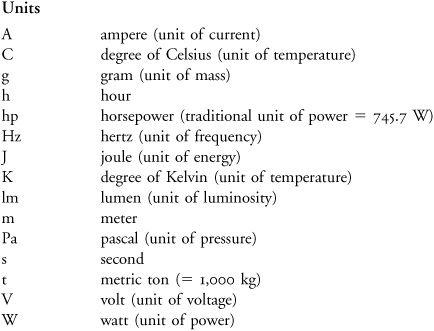

1
The Great Inheritance
You must follow me carefully. I shall have to controvert
one or two ideas that are almost universally accepted
Is not that a rather large thing to expect us to begin
upon? said Filby, an argumentative person with red hair.
I do not mean to ask you to accept anything without
reasonable ground for it. You will soon admit as much as I
need from you
H. G. Wells, The Time Machine (1894)
Imagine an exceedingly sapient and durable civilization that began scanning a bubble of space, say 100 light years in diameter, for signs of intelligent life about half a billion years ago. Its principal surveillance techniques look for any emissions of organized electromagnetic radiation as opposed to the radio frequencies emitted from stars or light that originates from natural combustion of carbon compounds (wildfires) or from lightning. For half a billion years its probes that roam the interstellar space have nothing to report from nine planets
FRONTISPIECE 1. Technical advances that began to unfold during the two pre-WWI generations and that created the civilization of the 20th century resulted in the first truly global human impacts. Some of these are detectable from space, and nighttime images of Earth (here the Americas in the year 2000) are perhaps the most dramatic way to show this unprecedented change. Before 1880 the entire continents were as dark as the heart of Amazon remains today. This image is based on NASAs composite available at http://antwrp.gsfc.nasa.gov/apod/ap001127.html. that revolve around an unremarkable star located three-fifths of the way from the center of an ordinary-looking spiral galaxy that moves inexorably on a collision course with one of its neighbors. And then, suddenly, parts of that star systems third planet begin to light up, and shortly afterward they begin to transmit coherent signals as two kinds of radiation emanating from Earths surface provide evidence of intelligent life.
A closer approach of the probes would reveal an organized pattern of nighttime radiation in the visible (400-700 nm) and near-infrared (700-1,500 nm) part of the electromagnetic spectrum produced by electric lights whose density is highest in the planets most affluent and heavily populated regions (see the frontispiece to this chapter). And from scores of light years away one can detect a growing multitude of narrow-band, pulsed, modulated signals in frequencies ranging from less than 30 kHz (very low radio band) to more than 1 GHz (radar bands). These signals have their origins in fundamental scientific and technical advances of the 1880s and 1890s, that is, in the invention of durable incandescent electric lights, in the introduction of commercial generation and transmission of electricity, in production and detection of Hertzian waves, and in the first tentative wireless broadcasts. And all of these capabilities became considerably developed and commercialized before WWI.
Next page
